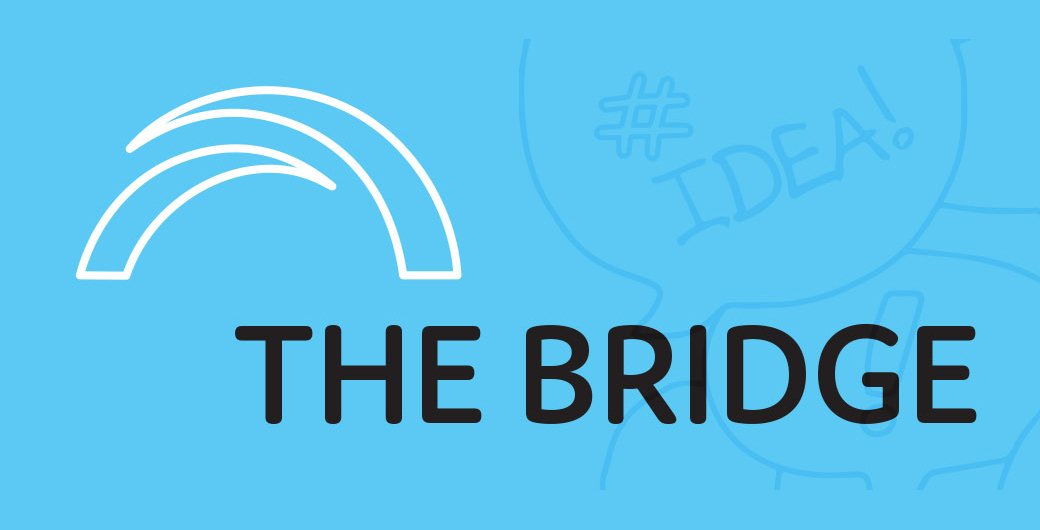
The essence of contemporary program or service design in government is changing. One aspect of this change is efforts made to re-orient top-down service delivery and encourage greater bottom-up citizen-led activities, such as co-design and co-creation. A paper in Policy Design and Practice expands on this and introduces an emergent ‘designing for service’ paradigm. It also examines the pursuit of public value and the need for a broader set of policy tools.
What is designing for service?
Designing for service is focused on creating and retaining government legitimacy through enhanced public participation. Any such shift has potential implications for policy design and practice, including a change in the kinds of instruments or policy tools used. In the design “of” services approach, tools are all the instruments – such as regulations and public expenditures – involved in the direct delivery of services by government agencies.
Service design and the pursuit of public value
The article argues the creation of public value in each effort differs as does the kind of policy tools involved in policy designs aimed at each purpose.
The table below shows the distinction between the two approaches:
| Design of services | Design for services | |
| Design perspective | Services (as an output) are designed and delivered by understanding user needs and experience, with value co-creation facilitated through the (re)design service output. | Service is designed by understanding the need and experience, but value co-creation is dependent on user experience and the surrounding context. |
| Focus | Solutions-focused by understanding user needs and experience. | Outcomes-focused by emphasising service experience and context throughout the value co-creation process. |
| Locus of design | Service development phase. | Throughout service production, including development and use. Frontline service providers and service users have a demonstrative impact on service. |
Public managers to need to engage in three activities for strategies and programs to create public value. They must be substantively valuable, legitimate and politically sustainable, and operationally and administratively feasible. However different approaches can be deployed in service of public value creation.
Designing for service
A feature of value creation in the design for services involves enhanced processes of stakeholder co-design and experience. Outcomes are coupled with the need to focus on the experience of stakeholders and citizens. There are different kinds of service design activity can promote enhanced legitimacy. These include:
- co-design: the inclusion of service users and citizens in the development of policy solutions.
- co-production: the involvement of service users and citizens in the management and delivery of services.
- co-experience: the process through which an individual’s use of the public service creates or takes away value for that individual.
- co-construction: how an individual’s unique values, beliefs, and experiences will shape their engagement with a given public service.
Realising public value through design of services does not necessarily involve any of these processes and can be undertaken in a purely top-down fashion. This focuses on outputs with an emphasis on the design of the benefits and costs of a program to promote enhanced program outcomes and efficiency.
Policy tools and design
Making the right tool choices and calibrating them to meet specific needs is the essence of both the “design ‘of’ and ‘for’ services” and whether or not public value will actually be attained in either case. Design choices need to make at the both the macro (policy instruments) and micro (procedural) level. The micro level includes:
- The target population: “who” specifically is targeted by an intervention.
- The expected outcome of the intervention: “what” precisely is expected to be done by the target population with respect the issue being addressed.
- The time frame desired for achieving the desired aim or the time by which the intervention is expected to be undertaken.
The bottom line
The distinction between design of service and design for service serves as a useful link between public management, public value, and public policy thinking.
The move toward designing-for-service raises considerations of design tools and choices about their goals, and especially the need to better understand and model the micro-level choices. It is these micro features of policy design that often matter the most in everyday policymaking, which typically centres less on major changes in policy goals or governance arrangements than on adjusting operational details.
Want to read more?
Public value and procedural policy instrument specifications in design for service – Adam Wellstead and Michael Howlett, Policy Design and Practice, April 2024
Each fortnight The Bridge summarises a piece of academic research relevant to public sector managers.

Issues around service design were explored in the following Research Brief:
- Published Date: 23 April 2024
